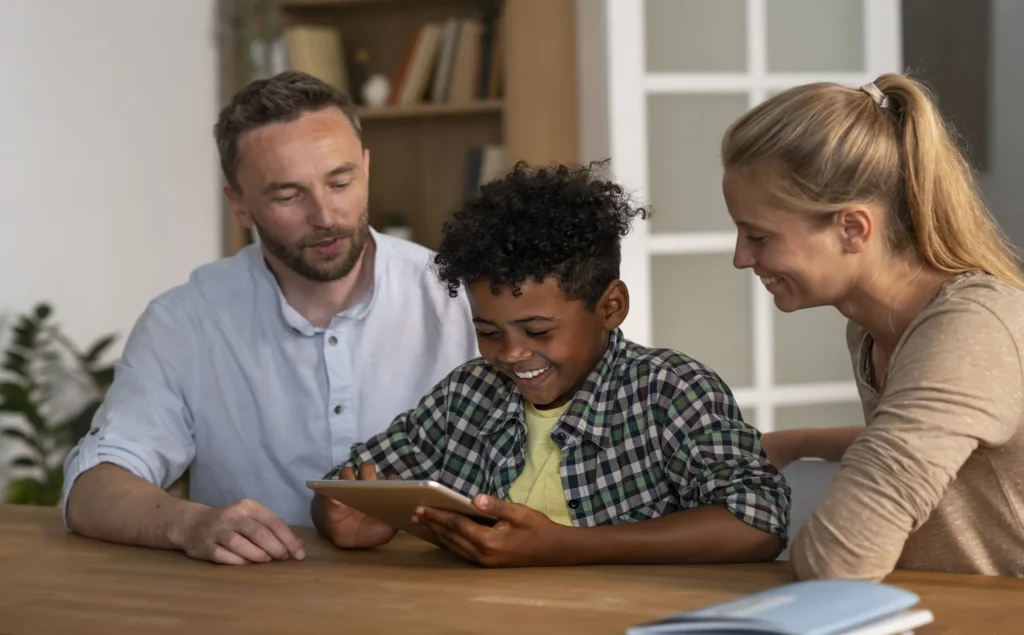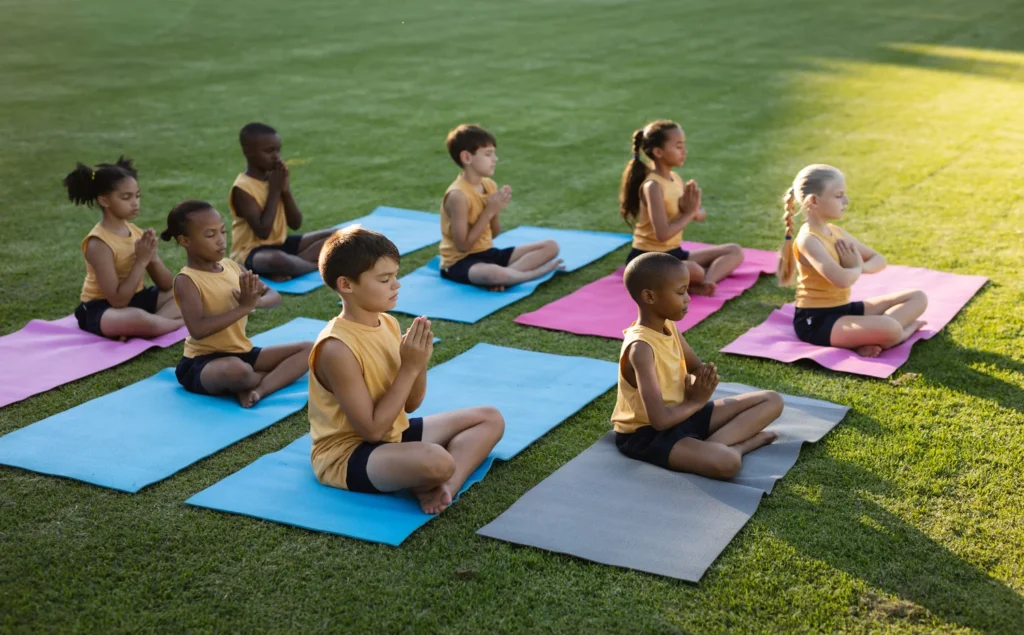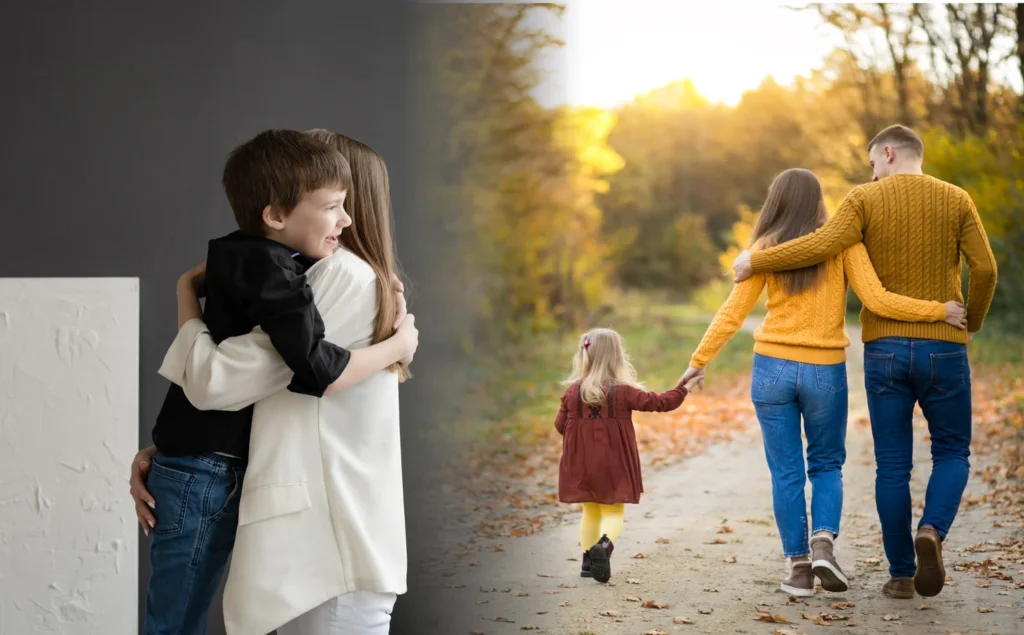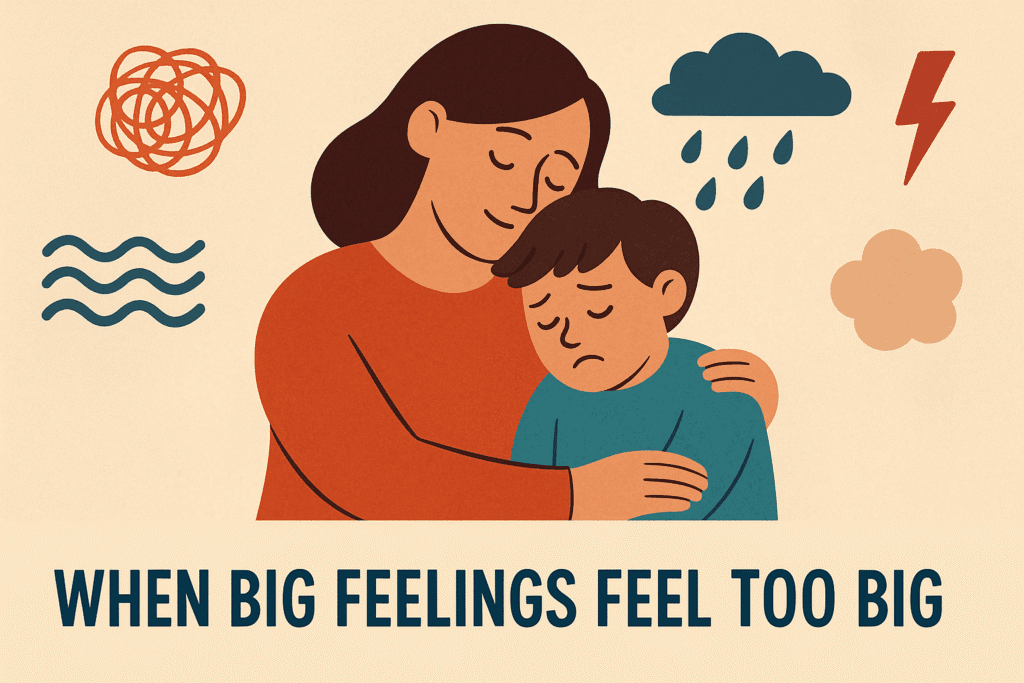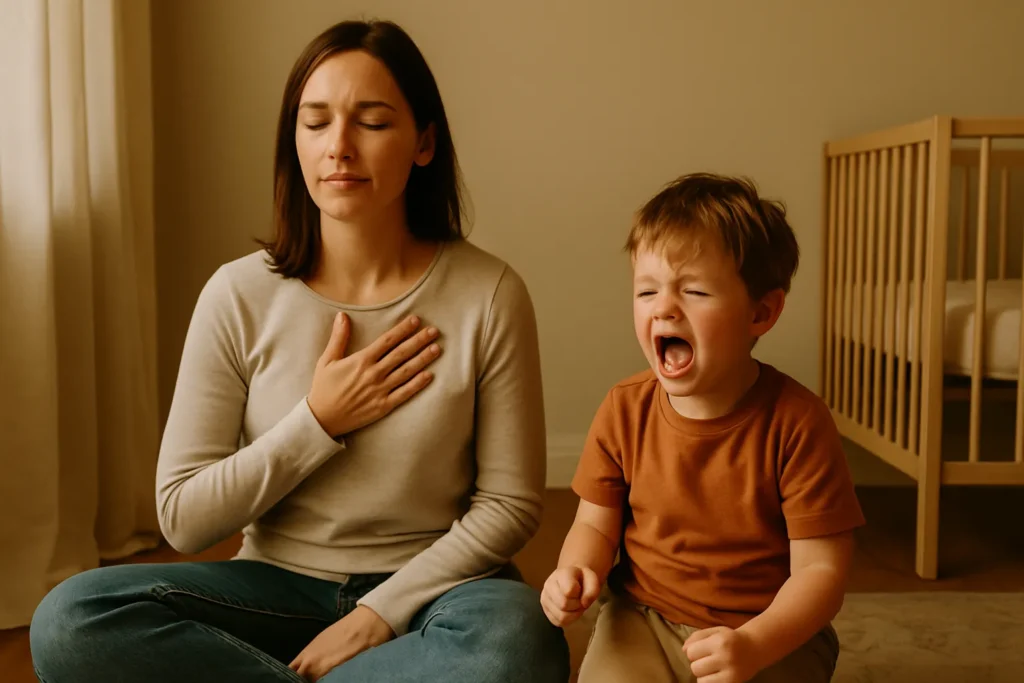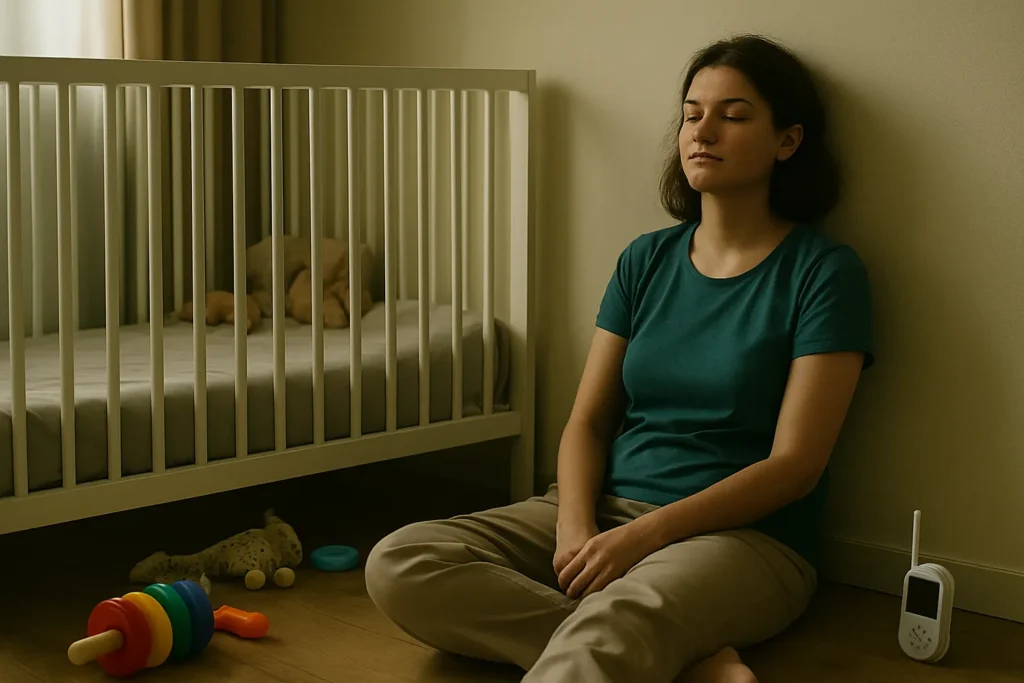Introduction: Why Parent-Child Communication Matters

Parent-child communication isn’t just about keeping tabs on grades or reminding them to clean up. It’s about something much deeper—connection. The kind of connection that helps a child feel seen, safe, and supported.
As kids grow, their needs change. What worked when they were five won’t work when they’re fifteen. You might find your once talkative child turning into a quiet teen who shrugs more than speaks. That’s where communication becomes not just helpful—but crucial.
In this guide, you’ll find down-to-earth strategies that help build stronger conversations with your kids—whether they’re little, growing fast, or already teenagers. Because communication is more than words. It’s how we show up for our children, every day.
Here’s is an article to Build emotional intelligence in children through daily conversations.
Table of Contents
Understanding Parent-Child Communication Through the Ages
The way you talk to your toddler won’t work for your tween. And the way you connect with your teen? That’s its own world. Knowing what your child needs at each stage helps build meaningful relationships as they grow.
Ages 0–5: Building a Foundation With Words, Play, and Presence

In the early years, everything is new—feelings, frustrations, curiosity. Your job? Help them put words to what they feel.
Simple tips that go a long way:
- Label their emotions: “You look frustrated. Is something not working?”
- Talk often and clearly—skip the baby talk and go for real words they can grow with.
- Use storytime and pretend play to explore feelings and social situations.
- Listen with your eyes. Toddlers don’t just talk with words—they show you through play, gestures, and expressions.
Teach toddlers mindful communication through play-based activities.
This is where child development and communication begin to take root—through tone, eye contact, and your patience.
Ages 6–12: Opening the Door to Honest Dialogue

This stage is full of “Why?” questions—and lots of big emotions. Kids are trying to understand the world and where they fit in it. Parent-child communication here is all about trust and openness.
How to connect:
- Ask for their thoughts and really listen—even when you disagree.
- Keep explanations age-appropriate but honest.
- Use everyday situations—like a tough day at school—as chances to talk about feelings and problem-solving.
- Let them know they don’t have to be perfect. Just real.
Boost cognitive and social skills with creative play conversations
These years are where effective communication strategies really start to shape your relationship—and teach your child how to express themselves with confidence.
Ages 13–18: Talking With Teens (Not at Them)

This is often the trickiest stretch—and the most important. Teens are forming their own identity. That means they’ll test boundaries, pull back, and sometimes give you the silent treatment. Don’t take it personally. Stay present, stay calm, and stay open.
Things that help:
- Don’t push. Instead, invite. A walk or a car ride is often better than a sit-down talk.
- Respect their privacy, but stay engaged. Ask real questions: “What’s something that made you laugh this week?”
- Be honest about your own teenage years—it makes you relatable.
- Avoid lectures. Lead with curiosity, not control.
How reducing screen time improves teen-parent connections
When it comes to communication for teenagers, they don’t always need answers. Sometimes, they just need a parent who’ll listen without fixing everything.
Effective Communication Strategies Every Parent Can Use
Now that we’ve explored how kids change with age, let’s talk about universal strategies that work across all stages.
1. Listen First, Speak Later
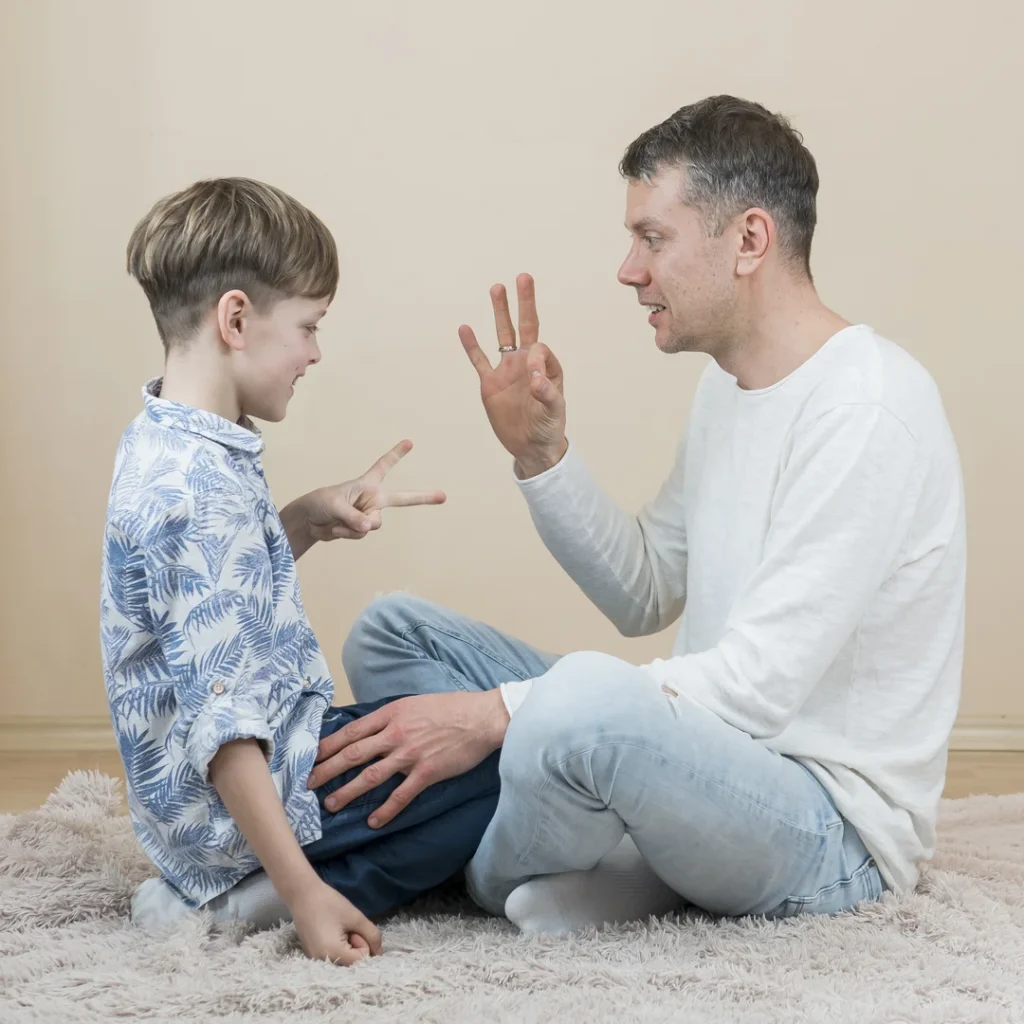
We often listen to respond. But the goal is to listen to understand. That’s when your child truly feels heard. Model active listening techniques your kids will mirror
Try this:
- Turn off distractions (yes, even your phone).
- Use open-ended prompts: “Tell me more about that…”
- Reflect what they said: “So you felt ignored when that happened?”
Even when you don’t agree, validation builds trust. That’s the backbone of parenting communication skills.
2. Make Space for Emotions

Children often struggle to put emotions into words. Teaching them how to express themselves in a Kids don’t always know how to say, “I’m overwhelmed.” But they’ll show it—in tears, tantrums, or silence. Help them feel safe naming emotions.
Tips:
- Talk about feelings like they’re normal—not something to fix.
- Share your own: “I felt nervous before my meeting today.”
- Use emotion charts or journals to help them identify what they feel.
- Encourage “I feel…” statements to avoid blame.
This builds not just communication—but emotional intelligence they’ll carry into adulthood.
Pair emotional check-ins with family self-care rituals
3. Keep It Regular, Not Random
CWaiting until there’s a problem to talk doesn’t build closeness—it builds tension. Parent-child communication should be woven into daily life.
Build habits like:
- One-on-one chats during bedtime or walks
- Tech-free meals where everyone shares something from their day
- Weekly check-ins: “How’s school feeling this week?”
- Creative games like “High, Low, Buffalo” (one high, one low, one random moment)
The goal? Make talking together part of your family’s rhythm—not a rare event.
What Gets in the Way—and How to Work Around It

Even with the best intentions, communication can break down. That’s normal. What matters is how you come back to the table.
Common barriers:
Lack of time – Life moves fast. Slow it down with small pockets of attention.
Fear of being judged – Create safety by listening more than correcting.
Generational gaps – Be willing to learn from your child’s world, not just teach from yours.
Over-control – Let them talk. Let them feel. Trust comes when kids feel free to speak without fear.
Parenting tip: When your child shuts down, don’t take it as rejection. Stay curious. Say, “I’m here when you’re ready.”
Follow us on Instagram for daily insights, tips, and real-life parenting experiences!
Building Trust Through Everyday Talk
Trust isn’t built in one big moment—it’s built in a hundred small ones.
Want your child to talk to you when it really matters? Then be someone they feel safe talking to when it doesn’t matter. Bridge generational divides with tech-free connection time.
Trust-building habits:
- Keep your word. Even the little promises count.
- Let them feel what they feel. Avoid “You’re overreacting.”
- Admit when you’re wrong. It models humility and honesty.
- Guide with care, not fear. Explain boundaries with kindness, not threats.
When trust is strong, parent-child communication becomes easier—even during the hard talks.
Helping Teens Open Up Without Pushing Them Away

Teens are complex. But they’re not unreachable. Foster trust by encouraging a growth mindset in your child.
Try this approach:
- Time it right. Teens often open up when things feel casual—not forced.
- Don’t rush to fix. Let them speak without interruption.
- Be real. Vulnerability from you makes them feel safer opening up.
Use humor, shared activities, music, or even memes. Connection doesn’t always come through deep talks. Sometimes, it comes through shared laughter and quiet understanding.
Teaching Kids to Express Feelings Without Shame
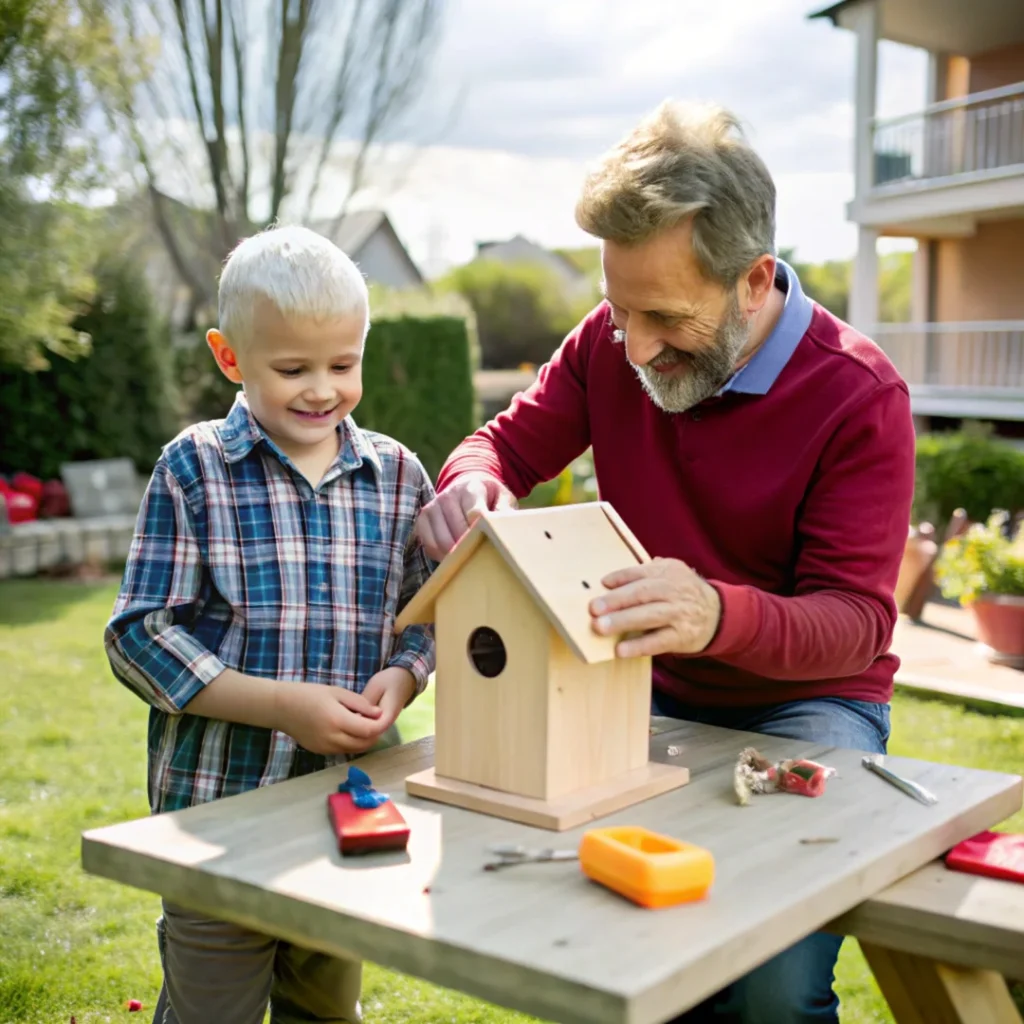
When children can say, “I feel sad,” instead of acting out—that’s progress.
You can help them get there by:
- Normalizing emotion talk from a young age
- Naming your own feelings as you experience them
- Using media (books, shows, music) as empathy springboards
- Offering coping tools like art, breathing, and movement
Over time, these habits create kids who don’t bottle things up—but instead, share openly and honestly.
Final Thoughts: The Real Power of Showing Up
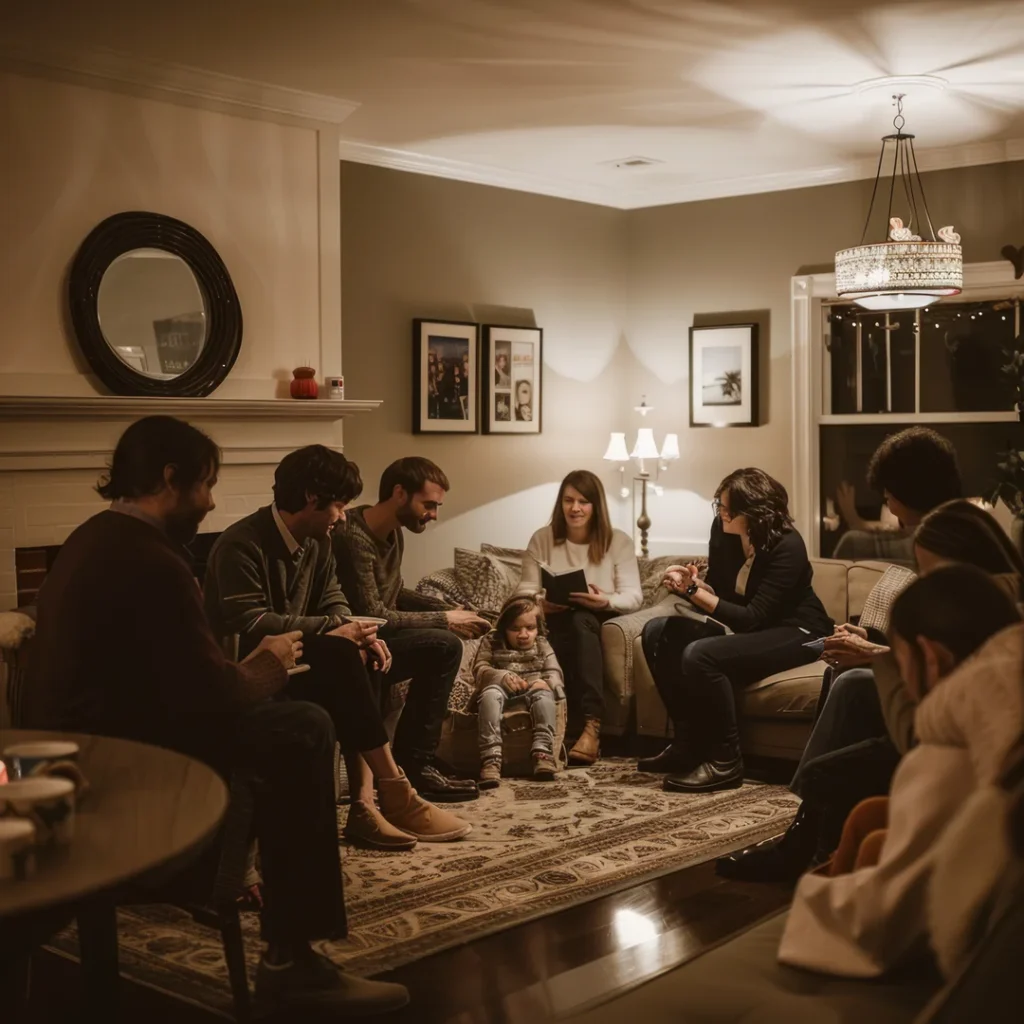
If you take one thing from this: Your presence matters more than your perfection.
Parent-child communication isn’t about having the perfect response every time. It’s about being there. Coming back. Listening. Trying again. Letting your child know: “You can bring anything to me—and I’ll still be here.”
No script will make every conversation easy. But showing up with care, curiosity, and consistency? That’s what builds lasting relationships.
❤️ Want More Support?
For more stories, tips, and grounded advice on family life, follow us @rootswingsandwellness or browse more insights at Roots, Wings & Wellness.
You’re not just raising a child. You’re building a lifelong connection—and every conversation counts.
Check out our insightful articles on family wellness and parenting at Roots, Wings & Wellness.
FAQs: Honest Answers to Real Parent-Child Communication Challenges
Start small. Don’t wait for a big sit-down. Talk while doing something together—cooking, walking, driving. It’s often in those in-between moments that kids feel safest opening up. The more relaxed the environment, the more natural the conversation. And remember, showing up consistently matters more than having the “perfect” talk.
Trying to fix everything. Most teens don’t want immediate solutions—they want to feel heard. If they share something hard and you jump in with advice or judgment, they may pull away. Instead, say something like, “That sounds tough. Do you want help, or should I just listen right now?” That one line can change everything.
As early as possible. Even toddlers benefit from being spoken to with respect and clarity. Use real words, name feelings, and show that their voice matters. These early habits form the building blocks of child development and communication—setting the stage for how they’ll express themselves later.
Here are a few go-tos:
- Ask open-ended questions like, “What made you laugh today?”
- Share something about your own day—kids often open up when you go first.
- Make eye contact and put down the phone while they’re talking.
- Use bedtime, car rides, or quiet meals to check in emotionally.
These small moments build a strong foundation for lasting parent-child communication.
Don’t take it personally. Teens often process things internally before they’re ready to talk. Keep the door open. Instead of pushing, you might say, “I’m here when you’re ready to talk—I won’t push, I just want to understand.” That kind of trust-building is a huge part of communication for teenagers.
Use simple, emotion-based questions. Instead of “What happened today?” try “Was there a moment you felt proud/sad/annoyed today?” Kids often need help connecting events to emotions. And don’t be afraid to share your own stories—it makes you more human, not less.
Start by acknowledging it: “I know we haven’t been talking much lately, and I miss that.” Then listen. Really listen. Don’t bring blame into the mix. Just reconnect through presence and patience. Rebuilding takes time, but even the effort tells your child they matter.


